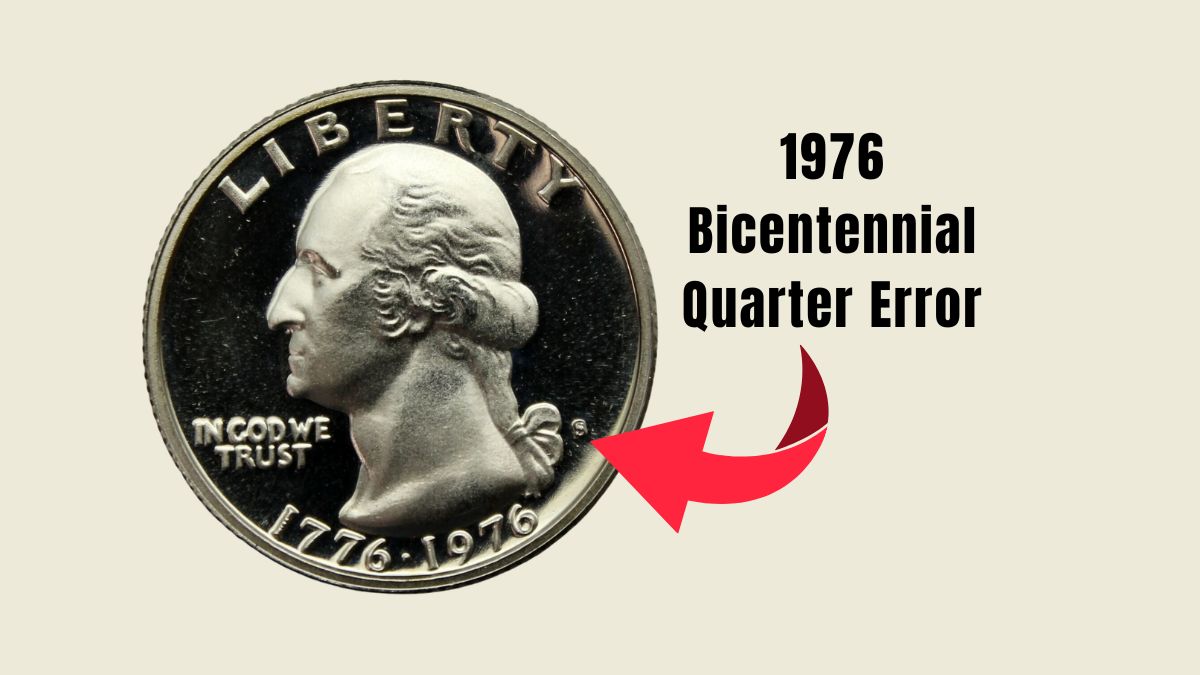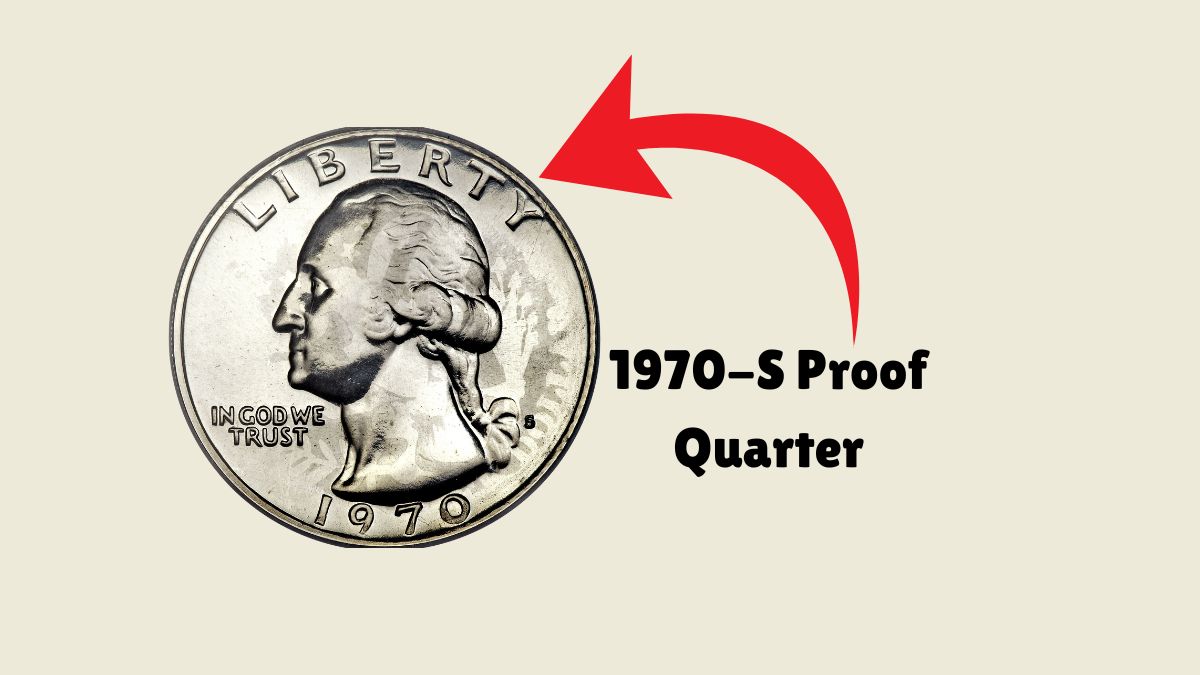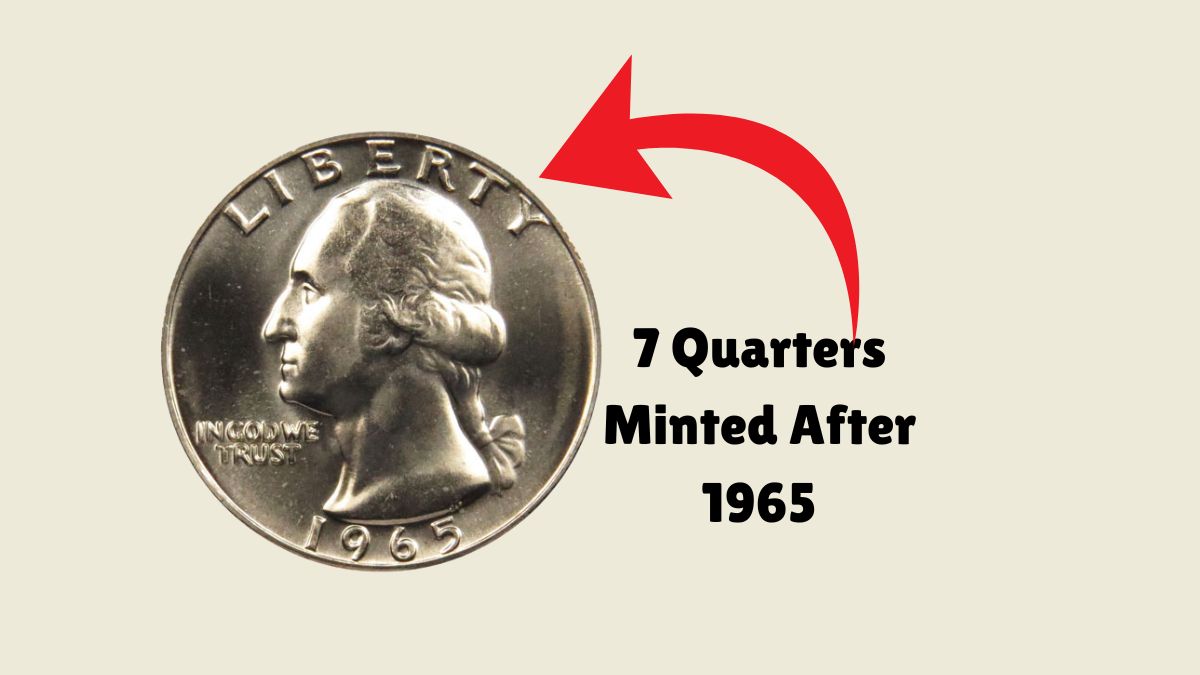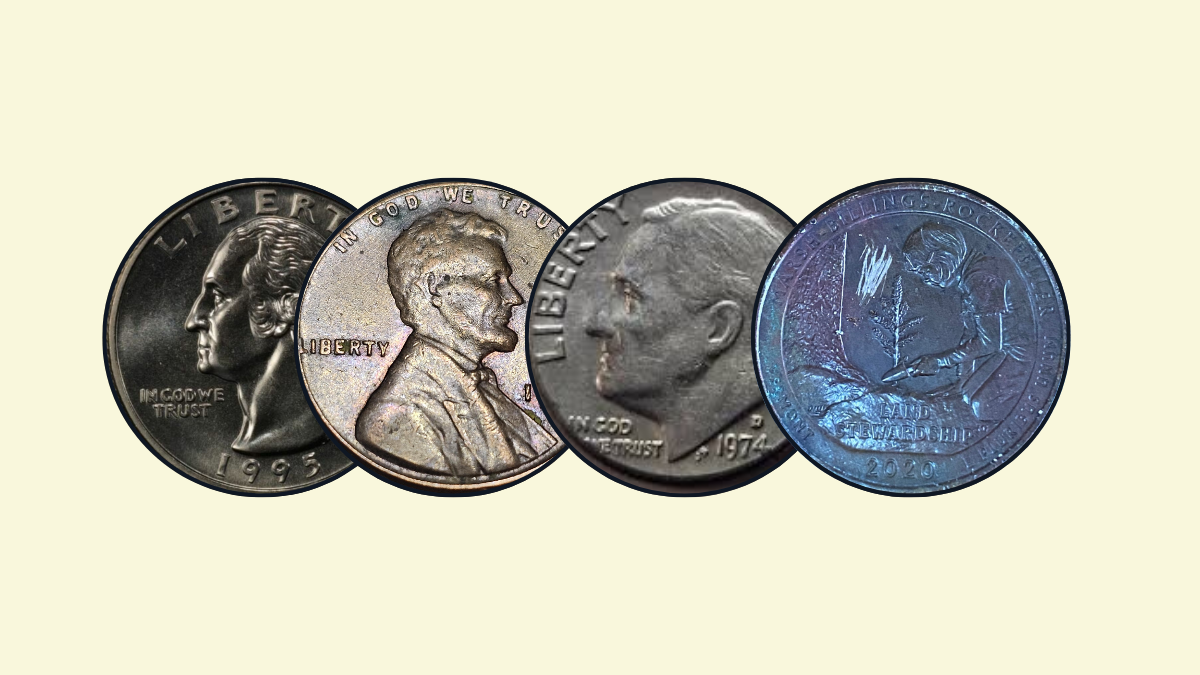The 1976 Bicentennial Quarter holds a special place in American numismatic history. Minted to commemorate the 200th anniversary of the United States’ independence, these quarters feature a unique dual date, “1776–1976,” and a distinctive colonial drummer design on the reverse.
While millions were produced, certain minting errors have transformed some of these coins into highly sought-after collectibles, with values soaring up to $12,000.
Understanding the Bicentennial Quarter
In 1973, the U.S. Congress authorized the redesign of the quarter, half dollar, and dollar to celebrate the nation’s Bicentennial. The Washington quarter’s reverse was temporarily replaced with a design by Jack L. Ahr, depicting a colonial drummer boy, with a torch encircled by 13 stars symbolizing the original colonies.
The obverse retained John Flanagan’s portrait of George Washington but featured the dual date “1776–1976.” These quarters were minted in both copper-nickel clad and 40% silver compositions.
Common Minting Errors and Their Values
Certain errors during the minting process have rendered some Bicentennial quarters exceptionally valuable. Here are some notable errors:
| Error Type | Description | Estimated Value Range |
|---|---|---|
| Doubled Die Obverse (DDO) | Doubling of design elements on the obverse side, notably in inscriptions. | $500 – $12,000+ |
| Off-Center Strike | Design struck off-center, resulting in a misaligned appearance. | $1,000 – $8,000 |
| Wrong Planchet | Coin struck on a planchet intended for a different denomination or metal. | $2,000 – $12,000+ |
| Clipped Planchet | Coin missing a portion due to an improperly cut planchet. | $300 – $5,000 |
| Die Breaks and Cuds | Raised blobs or cracks from damaged dies appearing on the coin’s surface. | $200 – $4,000 |
| Missing Clad Layer | Absence of the outer clad layer, exposing the copper core. | $1,500 – $10,000 |
| Broadstrike | Coin struck without the collar, resulting in a wider, flattened appearance. | $800 – $6,000 |
Factors Influencing Value
The value of an error coin is influenced by several factors:
- Rarity: The scarcer the error, the higher its value.
- Condition: Coins in mint or near-mint condition command premium prices.
- Error Type: Some errors, like wrong planchet errors, are more desirable due to their uniqueness.
- Market Demand: Collector interest can drive up prices, especially for well-known errors.
Notable Auction Sales
Several Bicentennial quarter errors have fetched impressive sums at auctions:
- A 1976-S Bicentennial quarter struck on a silver half-dollar planchet graded PR69 Cameo sold for $18,000.
- A 1976 Bicentennial quarter struck on a dime planchet graded MS64 fetched $2,520.
- A 1976 Bicentennial quarter struck on a nickel planchet graded MS65 realized $1,920.
Identifying Bicentennial Quarter Errors
To determine if your Bicentennial Quarter possesses a valuable error:
- Examine the Coin: Use a magnifying glass to inspect for anomalies like doubling, missing elements, or misalignments.
- Weigh the Coin: Coins struck on incorrect planchets may have atypical weights.
- Consult Experts: Seek opinions from professional numismatists or submit the coin to a reputable grading service for authentication.
Preserving and Selling Your Error Coin
If you discover a Bicentennial quarter error:
- Handle with Care: Use gloves to prevent oils from damaging the coin’s surface.
- Avoid Cleaning: Cleaning can reduce a coin’s value; leave it in its found condition.
- Professional Grading: Consider having the coin graded to authenticate its condition and error type.
- Explore Selling Options: Auction houses, online platforms, and coin dealers are potential avenues for selling.
The 1976 Bicentennial quarter is more than a commemorative piece; for some, it’s a gateway to substantial financial gain due to minting errors. Collectors and enthusiasts should meticulously examine their quarters, as discovering such an error could indeed be a $12,000 treasure.
FAQs
What makes a Bicentennial quarter valuable?
Minting errors, rarity, and the coin’s condition significantly influence its value.
How can I identify a doubled die error on my quarter?
Look for noticeable doubling in inscriptions or design elements, especially under magnification.
Is a missing clad layer error common?
No, it’s relatively rare and can substantially increase a coin’s value.




